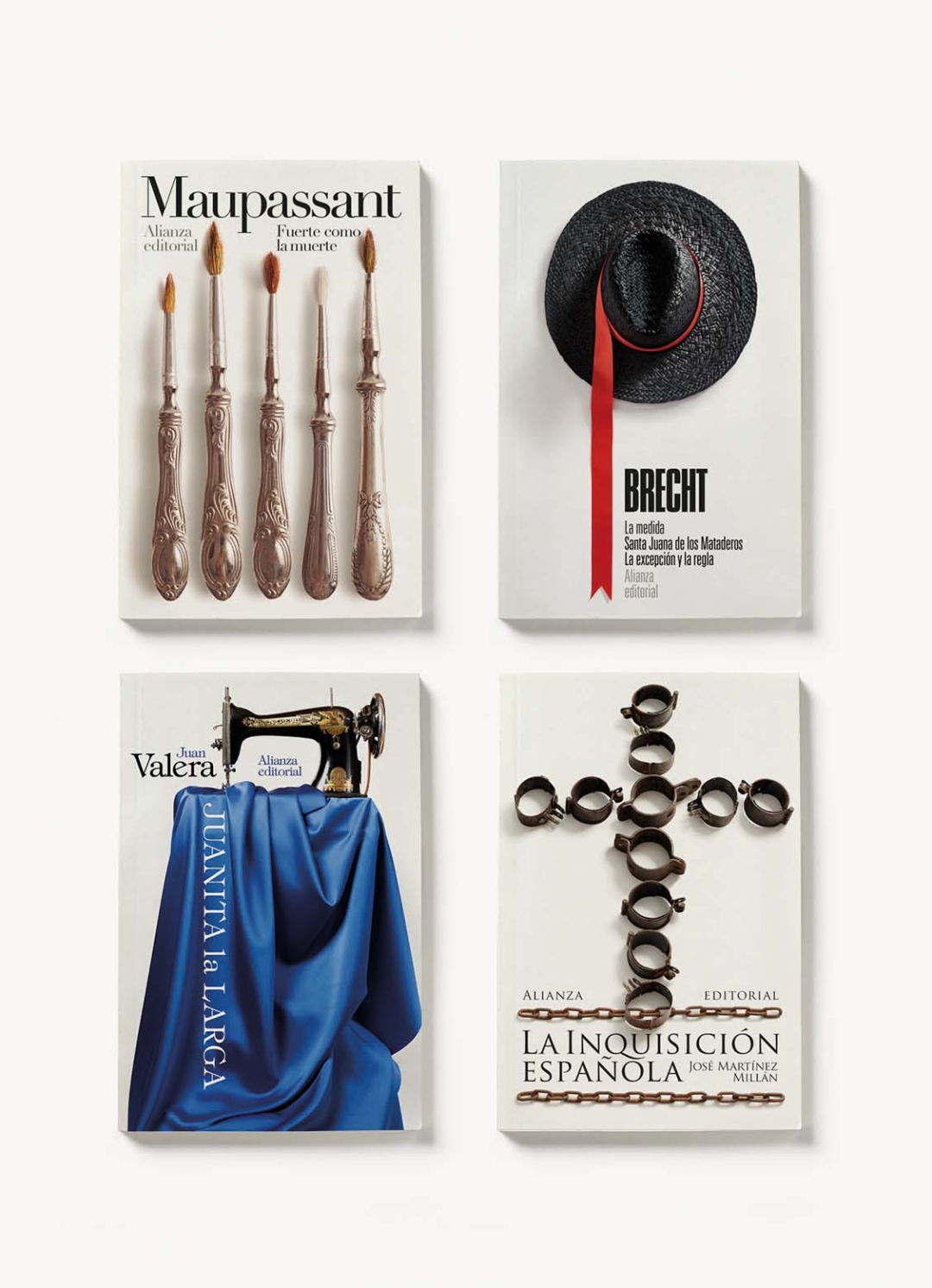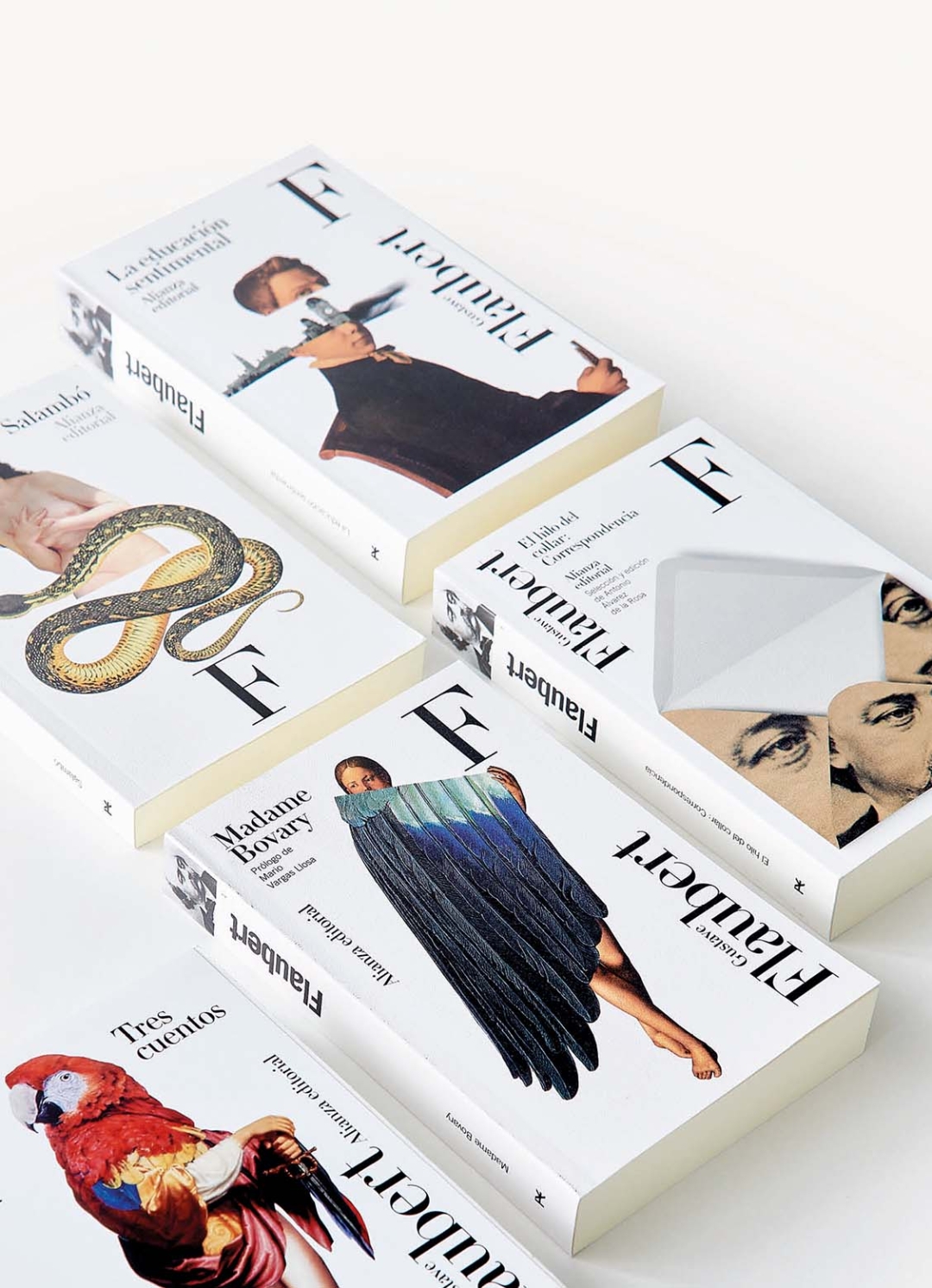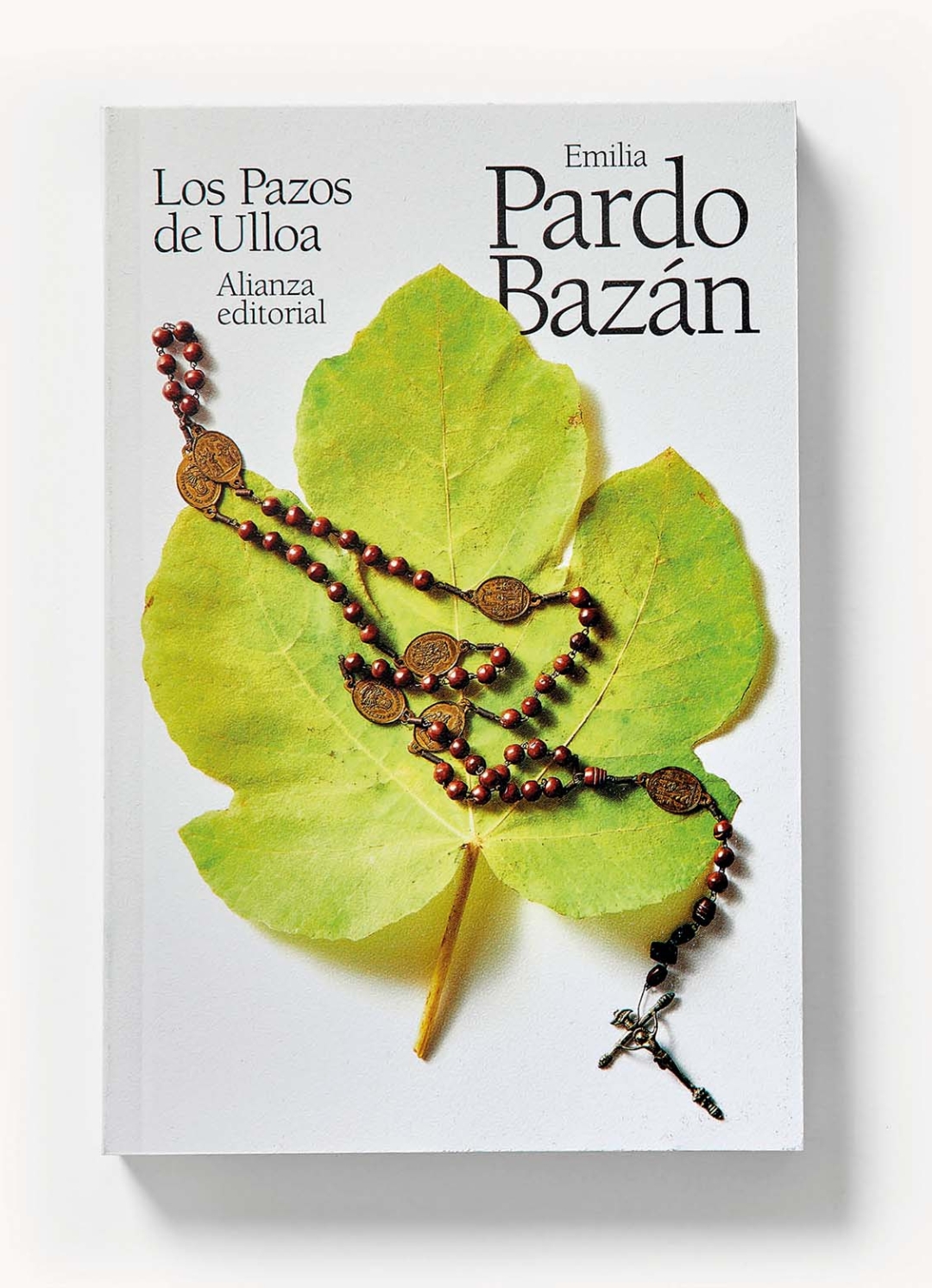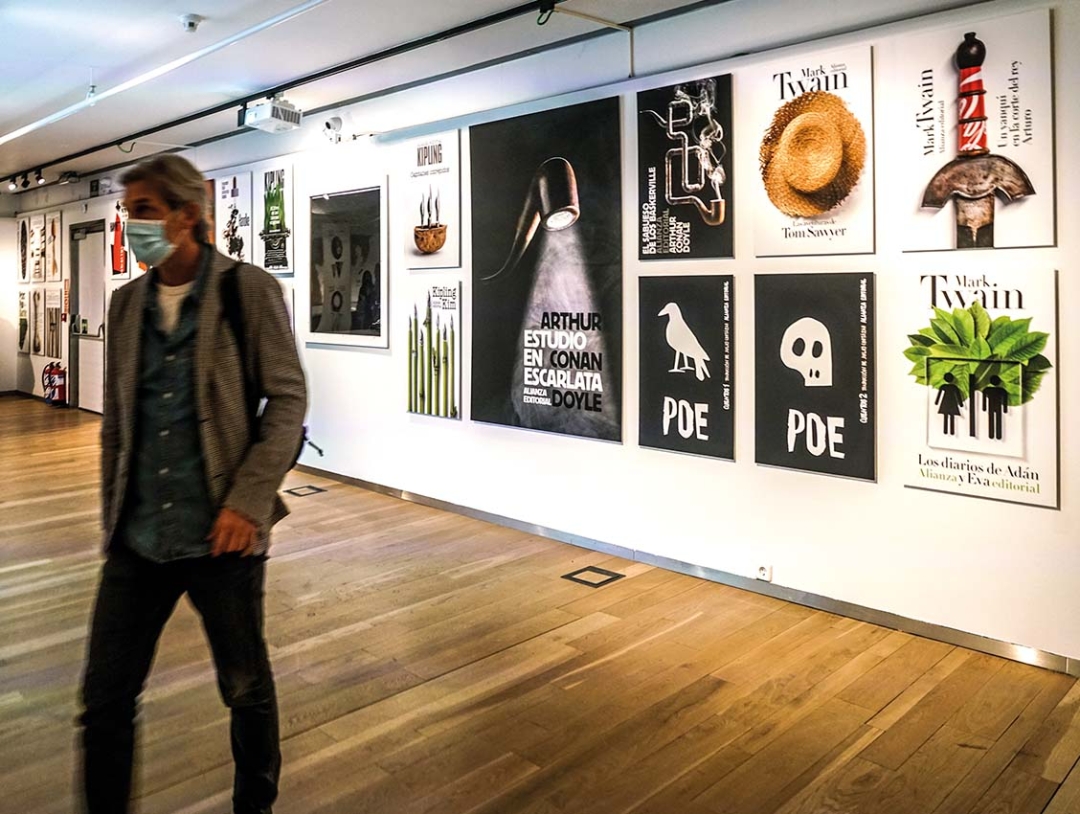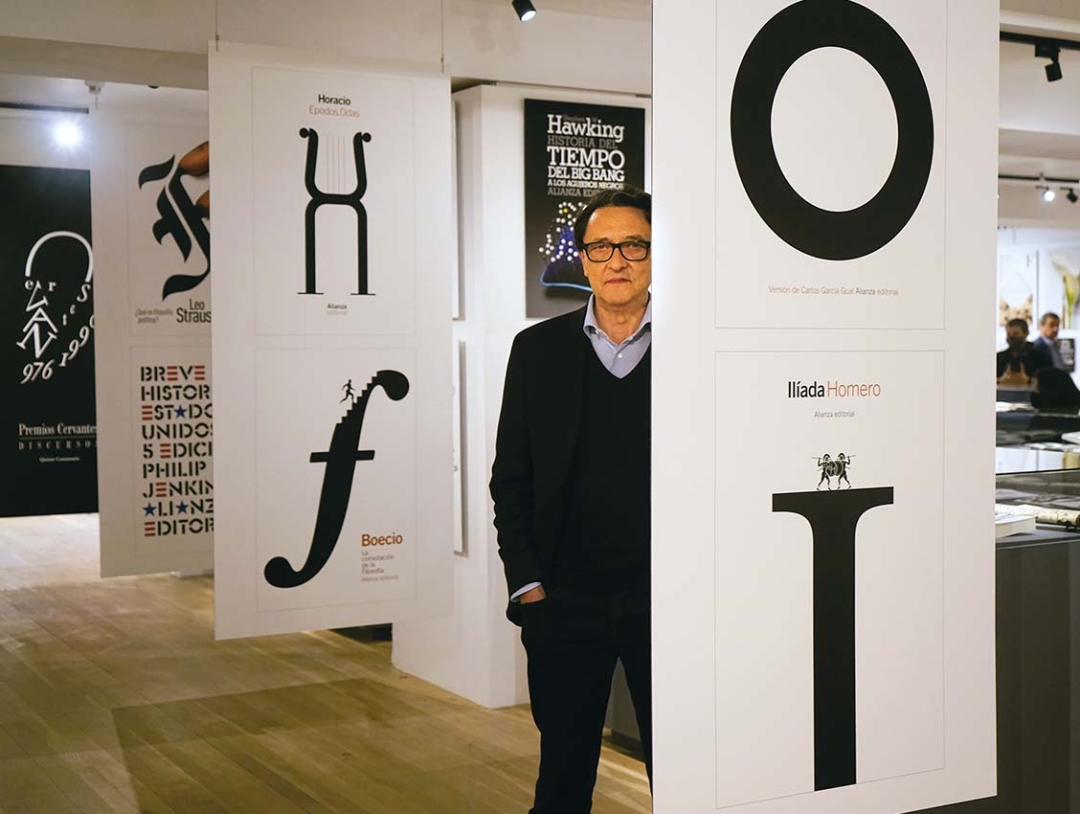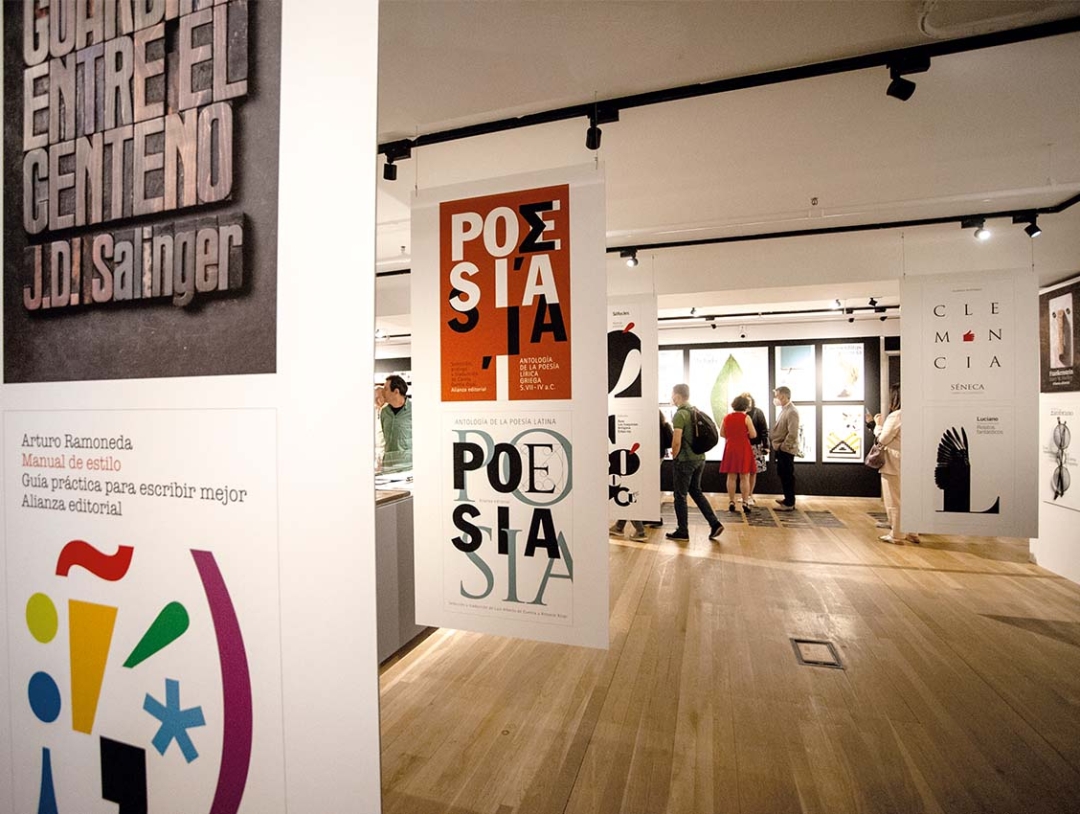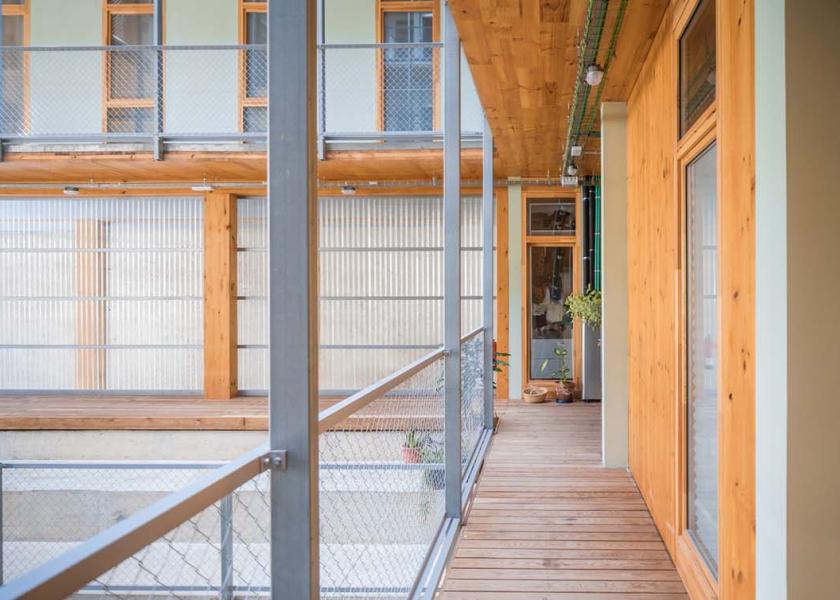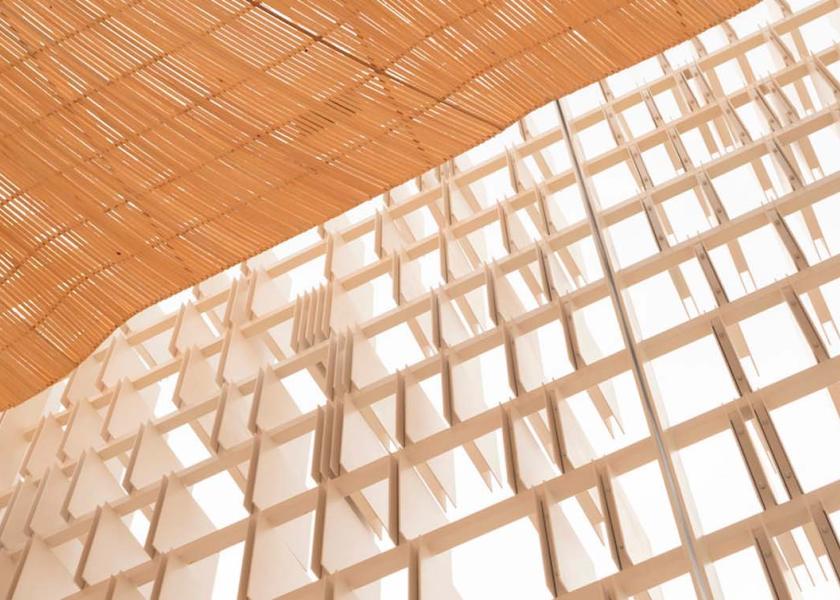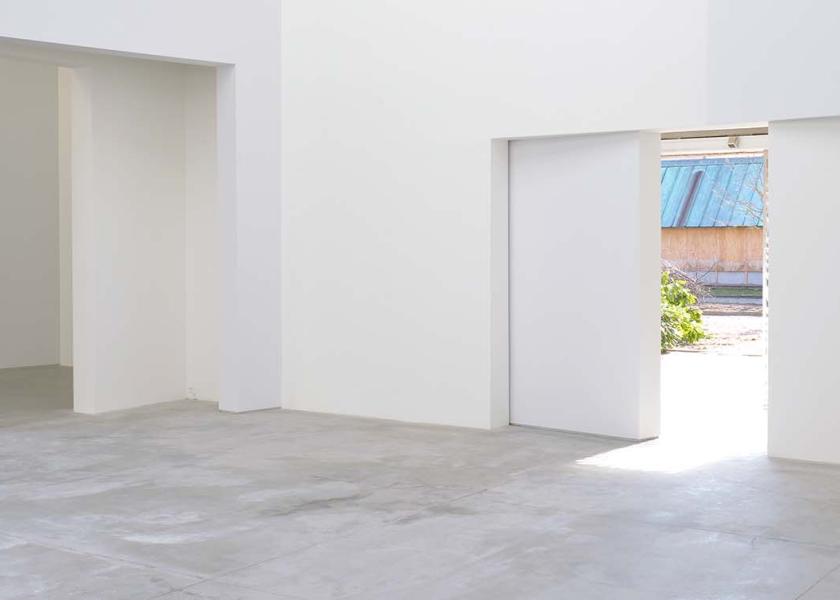Manuel Estrada
The power of design
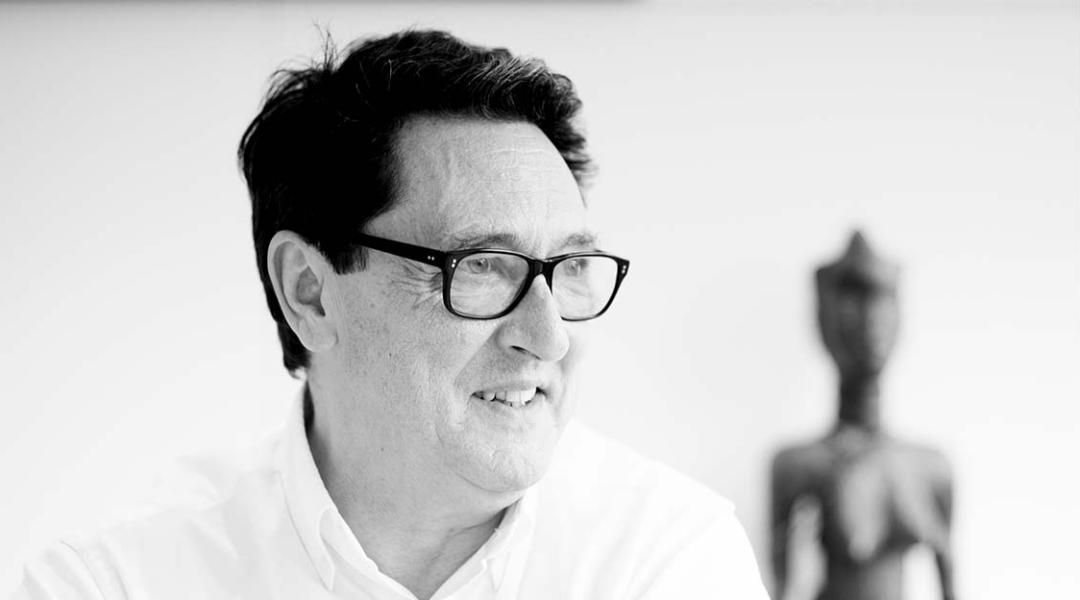
Veteran designer Manuel Estrada continues to face his work with the eagerness of a novice. “I love starting new projects because they’re a challenge that help you maintain an almost adolescent attitude,” he assures us. His vitality is full of curiosity, which has never left him and is his driving force, leading him to claim commissions related to the environment and climate change.
In a world where images are increasingly in charge, design has become a key player. We only need a logo to know what brand we’re referring to, and we recognise films, albums, and books from their cases and covers. One of those responsible for building these icons in our everyday lives is Manuel Estrada (Madrid, 1953). Winner of the Spanish National Design Award in 2017, he is responsible for updating the corporate image of the Carmencita spices brand, the logo of the Museum of Human Evolution in Burgos, or the corporate image of Repsol Foundation. As well as some of the most iconic covers on the Spanish editorial scene, those of the Alianza pocket books, which the Biblioteca Regional de Madrid brings together until the 11th of September as part of the exhibition Leer libros, diseñar portadas [Read books, design covers].
I can picture you as the typical kid that spent his days drawing...
Yes, indeed, I was that kind of child, although at that time I never imagined that drawing was going to be connected to my work. When I was little, I used to draw as a way of telling myself stories, or telling them to others, which got me slapped on the neck a few times at school. Drawing connected my hand to my head and my fantasy. Much later, I read in Berger on Drawing, by John Berger, that it’s a brain connection that tells us what we think. For designers, drawing is a tool to project what you want to do, but also a form of exploration.
In fact, you were going to become an architect.
I signed up to Architecture because my environment thought that it could be a good fit for me, and I could have done it because it’s a career that requires drawing. What happened was that, at that time, at the height of the Franco regime, I was more interested in trying to change the world than in looking for a profession. For some time, I wasn’t really worried about if I was going to be an architect, or what I wanted to work as really. I came across design because, suddenly, I discovered that my ability to draw, as well as to imagine things, could be used to solve other people’s problems. I could make a book cover or a film poster, which were my first commissions.
“For designers, drawing is a tool to project what you want to do, but also a form of exploration”
What is design for?
Design is a problem-solving tool. It’s a cross-sectional discipline that brings together engineers, architects, creatives... Some American universities, like Harvard or MIT, have even extracted designer work process experiences to apply them to disciplines related to marketing or business management, including that subject: design thinking. In short, design consists of understanding problems, seeking solutions, and capturing them through understandable formulas.
Which elements does design need to work and be successful?
In Spain, we had a false oasis of design during the Madrid Scene, where people used to ask: “Do you work or design?”. Everyone was a designer or worked on a creative endeavour, but we must distinguish between design and art. According to my friend Cruz Novillo, the difference is that artists shoot the arrow and draw the target where it falls, and designers, on the contrary, must hit the target of a problem someone poses. I like this second idea better, which is where success lies: understanding the problem posed by the institution or company commissioning the logo, studying it in depth and once understood, drawing it, developing it, and applying it.
Awards are also synonymous with success, and you have received the Spanish National Design Award, among others. What are awards for?
Awards grant certain recognition, but you have to make sure that they don’t go to your head. If there’s one thing I find unbearable is that people believe themselves to be different or better because of a personal skill. Awards help, but as some colleagues who have also won the National Design Award say, some people don’t call you because they think you’ve got on your high horse.
You’ve also been featured in many exhibitions, including the current Leer libros, diseñar portadas. What will visitors encounter?
The director of the Library suggested making an exhibition to show how book covers are made. There are 150 extended covers in total, including the process, with notebooks in glass cabinets showing sketches or objects used to make them. In short, it’s an exhibition about book covers, from start to finish.
After so many years, how do you face each new commission?
The key is to know as much as possible about the project. Over the years, I’ve come to understand an expression by Paul Rand, the designer of the IBM logo, who said that the main virtue of a designer is curiosity. When you’re commissioned a logo, you have to study everything about that company, something that takes longer than solving the visual or graphic aspect. It’s a pleasure to do. That curiosity allows you to discover different things. I also love starting new projects because they’re a challenge that help you maintain an almost adolescent attitude.
Along with curiosity, which other abilities must a graphic designer have to tap into their talent?
There’s a lot of talk about talent and design schools, playing with the idea of promoting and finding talent, but I think that hard work is another essential trait. Talent that only shines through fast, spontaneous, and immediate solutions resolves the problem cosmetically and superficially. Add a dose of creativity, but this is honed over the years. In these kinds of professions, which are long-distance races, the more experience you have, the greater ability to do a good job.
“Talent that only shines through fast, spontaneous, and immediate solutions resolves the problem cosmetically and superficially”
You have covered, and still cover, all aspects: from corporate identity to book collections, from event graphics to signage and archigraphy, etc. Where do you feel most confident?
The truth is that logos come naturally to me, but this ease has one downfall, and that is that you quickly feel confident and that leads you to reflect less and repeat often-used formulas. I’ve realised that the most interesting jobs are those that you work on for the first time, because they force you to find solutions and break ground full of weeds.
Tell us something you haven’t done yet that you’d like to...
Personally, I’m really concerned that we’re ignoring the warning signs the Earth is sending us, like the high temperatures that are causing fires or making the glaciers disappear. I’d like to receive stronger proposals to participate in topics related to the environment and climate change. Design doesn’t change the world, human beings do, but it can help.
